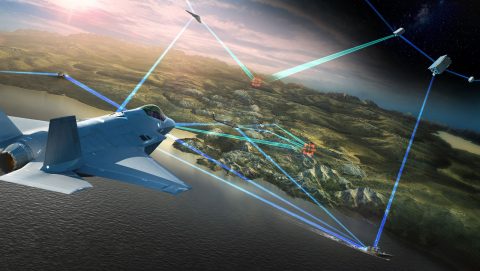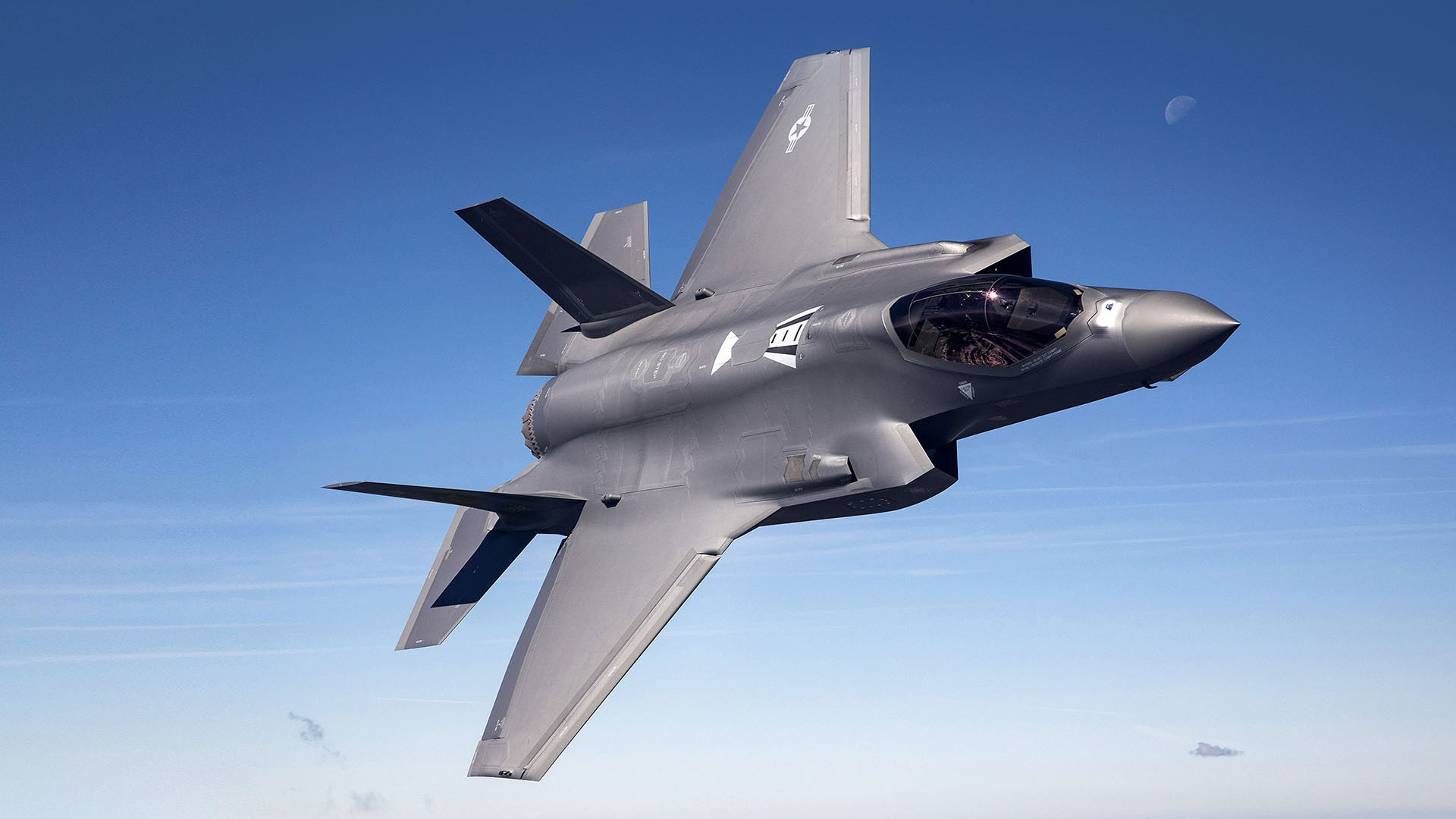Remediation and Biodiversity
Remediation
Lockheed Martin has built its success on long-standing innovation and business excellence, as well as strategic acquisitions. Some operations conducted over the years, although in compliance with relevant laws at the time, resulted in soil or groundwater contamination. Where remedial actions are warranted, Lockheed Martin works collaboratively with regulatory agencies and communities to remedy the effect of the contamination.
We are not only committed to taking effective remedial actions, but we also aim to make our remediation projects sustainable wherever possible. We do this by using innovative technological solutions, such as disposing of contaminants with waste to energy incineration and renewing the activated carbon that acts as a filter in many of our treatment plants by safely burning off contaminants and reusing the carbon. We have expanded the use of reactivated carbon to 13 sites where it is approved for use by the regulator.
At several of our remediation sites in water-stressed areas, in cooperation with regulators, we treat contaminated groundwater to such a high standard that the local water agency can then direct it into the potable water supply, providing water to more than a half-million homes in those service areas. We also are investigating ways to treat per- and polyfluoroalkyl substances (PFAS) and sharing results internally and externally to allow the expansion of this water saving technology.
To improve energy efficiency at our water treatment sites, we have installed variable frequency drives on pumps. We also partner with utility companies, participating in demand response programs to scale back energy use during peak utility hours. We measure and track energy efficiency, the amount of water treated, remediation efforts and efficiency of our sites through an internal operational dashboard.
Lockheed Martin’s director of Environmental Remediation reports to the senior vice president of Ethics and Enterprise Assurance, providing significant executive-level focus on the importance of properly managing Lockheed Martin’s environmental remediation responsibilities. The director is responsible for effective implementation of remedial solutions and for accurate financial reporting to the Vice President and Corporate Controller in support of U.S. Security and Exchange Commission (SEC) reporting requirements.
As of 2024, we have 70 active remediation projects across our operations. You can read more about our commitment to remediation on our Remediation website.
Increasing Clean Drinking Water in Water-Stressed Areas
From the 1920s to the 1990s, Lockheed Martin (formerly Lockheed Aircraft Company during these years) designed, built and tested airplanes, aerospace components and industrial equipment at facilities in Burbank, California. Following the discovery of aquifer contamination in the area in the 1980s, the Environmental Protection Agency (EPA) established a Superfund site for the San Fernando Groundwater Basin. Lockheed Martin has worked closely with the EPA, the Division of Drinking Water and the cities of Burbank, Los Angeles and Glendale for more than 30 years to assist with and fund groundwater cleanup efforts for the San Fernando Valley.
In 2018, the Los Angeles Department of Water and Power (LADWP), Burbank Water & Power (BWP) and Lockheed Martin signed agreements to enhance groundwater cleanup in the area by expanding regional infrastructure. This effort will use three wells to extract groundwater from the North Hollywood eastern area of Los Angeles. The water will be conveyed to the Burbank treatment plant. The treated groundwater from Los Angeles will then be returned to LADWP’s potable water distribution system via a new pipeline linking BWP water infrastructure with the LADWP system. Lockheed Martin is funding the new pipeline and related projects as part of a comprehensive groundwater cleanup effort under EPA oversight. Once complete, the pipeline is estimated to result in an additional 1.5 billion gallons of potable water, equivalent to a year’s supply for approximately 7,000 households and a $170 million savings on imported water purchases by LADWP over the next 30 years, helping relieve water scarcity and supporting the local community.
Turning a Cleanup Site Into a Pollinator Meadow
In 1929, the Glenn L. Martin Company, a predecessor to Lockheed Martin, purchased land in Middle River, Maryland, to build and test aircraft. Today, Lockheed Martin conducts engineering and research at the site. In the 1990s, excavations and a conceptual revitalization plan prompted questions about environmental conditions at the Middle River Complex and Martin State Airport. Since then, Lockheed Martin has performed extensive environmental studies — assessing, testing, monitoring and cleaning up where necessary throughout the complex under the Maryland Department of the Environment’s Land Restoration Program.
Lockheed Martin engaged with the local community throughout the remediation and restoration process. The community’s input helped shape plans to plant a pollinator meadow in one area of the restoration site. In early 2022, 12 acres of former remediation area were planted with more than 15 native species of grasses and wildflowers, including butterfly milkweed, broomsedge, black-eyed Susan, purple coneflower and little bluestem. These plants support all life stages of a variety of insects, including bees and butterflies, and provide cover and food for many bird species. The plant species were selected to attract and support pollinators and other native animals, providing habitat for declining pollinator populations and a more sustainable ecosystem for the Middle River community.
Biodiversity
Our commitment to sustainability includes environmental stewardship. We have a responsibility to operate our facilities in a manner that respects the environment and protects biodiversity. We also take active steps to manage our business to mitigate environmental risk and safeguard valuable ecosystems. We comply with all applicable environmental regulations and adopt measures that foster biodiversity in the communities where we operate.
Nature-Based Wildfire Mitigation
Our Waterton, Colorado, campus is taking action to clear understory brush to reduce wildfire risk through creative means -- a herd of weed-eating goats. Through a local partnership with Goat Green, our new four-legged friends are helping to manage large acreage and inaccessible areas across the property. The goats are joined by a herder who holds a Master of Weed Science and her border collies who help keep the goats on track and protected from predators. By harnessing the power of 1,200 goats, we are not only reducing the risk of wildfires but also fostering a unique connection between our organization and the environment, demonstrating our commitment to sustainability, conservation, and community stewardship.

Restoring Watershed Channels
Protecting Wetlands
Supporting Coastal Resilience
Lockheed Martin is helping to advance nature-based solutions through our partnerships with The Nature Conservancy (TNC). In 2024, Lockheed Martin made a $1.25 million grant that will accelerate TNC’s projects to increase community resiliency near military installations and strategic training areas in Florida and Pennsylvania. These include coastal rehabilitation, forest preservation and oyster reef restoration. Lockheed Martin has also supported TNC’s conservation work along Maryland’s Eastern Shore, which involved a three-year, $2 million commitment to protect 4,000 acres of coastal marshland and create resilience planning for Maryland communities adapting to sea level rise.
Our funding accelerates TNC’s efforts to deploy nature-based solutions that strengthen community resiliency near military installations while simultaneously protecting valuable ecosystem services. The grant supports projects located within areas identified as Sentinel Landscapes by the U.S. Departments of Defense, Agriculture and the Interior. This designation advances the conservation of natural spaces surrounding military installations and ranges by helping federal agencies, state and local governments and partner organizations like TNC collaborate with landowners on sustainable land use practices.
Last updated: May 2025


